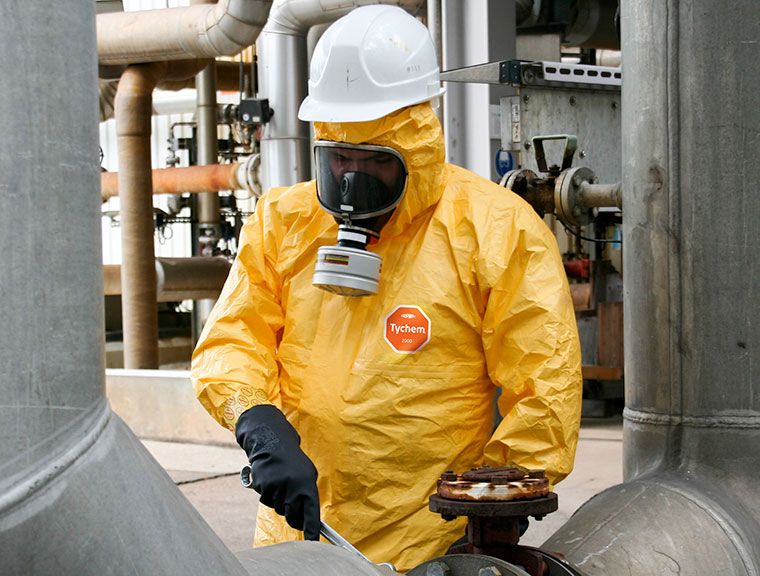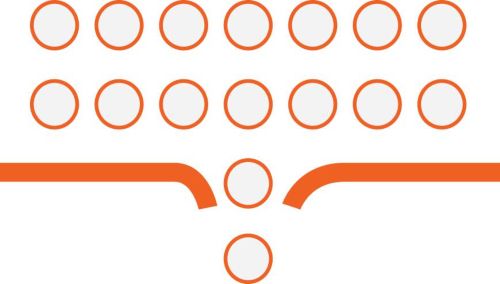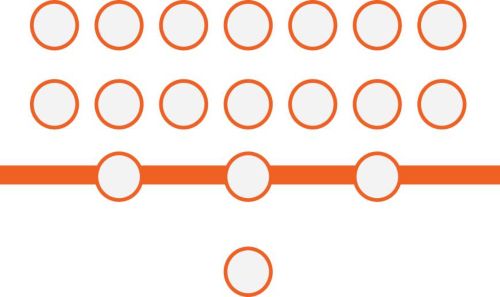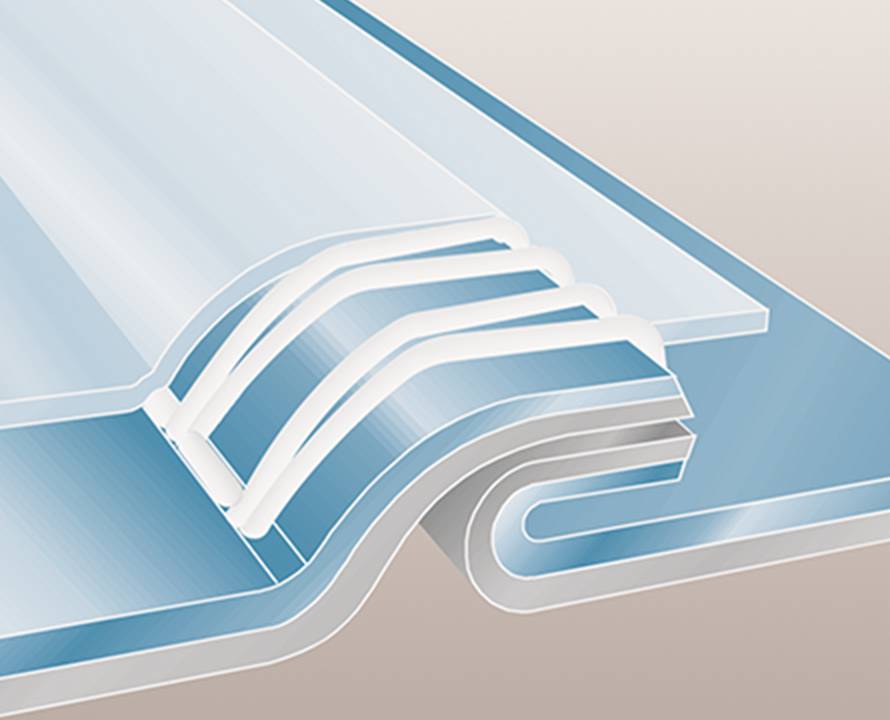DuPont™ Tychem® garments for lightweight protection from chemical and biological hazards.
Not all deadly threats come in the form of fires or weapons. For comprehensive protection against low levels of dangerous chemicals, to toxic gases and biological hazards, industrial workers rely on garments made of DuPont™ Tychem®.
Tychem® is an innovative fabric range comprising multiple barrier layers that help provide protection from chemical and biological hazards. Laminated to Tyvek® for strength, it offers a robust solution with a high level of chemical barrier at uncharacteristically low weight.
Tychem® is available in the following garment families:

Tychem® 2000 C garments feature a coated Tyvek® fabric and provide barrier protection against numerous concentrated inorganic chemicals and biological hazards.

Tychem® 4000 S garments utilise a film laminated to Tyvek® fabric to achieve a barrier to permeation by a range of highly concentrated inorganic and some organic chemicals. Designed for both manoeuvrability and comfort for enhanced wearer acceptance.

Tychem® 6000 F garments offers the broadest chemical barrier, helping to protect personnel against numerous toxic industrial organic chemicals, highly concentrated inorganic chemicals (even pressurised), particulates, biohazards and chemical warfare agents.

Specifically developed to protect against toxic and corrosive gases, liquids and solid chemicals. Fabric, visor, inner layer glove and seams meet required resistance to permeation for chemicals listed in EN 943-2.
When it comes to chemical hazards, details are everything.
The trusted performance of DuPont™ Tychem® garments begins with our unique chemical barrier fabrics, which undergo testing by third-party labs. We have compiled a comprehensive database of chemical permeation results to support that Tychem® fabrics will stand up to hundreds of chemicals, ranging from toxic liquids and vapors to sarin and chlorine gas. This resource can be accessed on our website at safespec.dupont.co.in.
Garment construction is crucial as well. Secure seams and zippers; proper sizing; the fit and design of hoods and accessories; and even garment colors—all play a critical role in helping keep workers protected on the job. DuPont offers a wide variety of garment styles—from hoods and shoe covers to aprons, coveralls and fully encapsulated suits.
Fabric
The barrier fabrics and construction methods used in Tychem® garments help prevent penetration and permeation by chemical hazards. As permeation testing is the most sensitive measure, extensive permeation testing assures that every Tychem® garment provides the appropriate level of protection.

Penetration
Bulk movement of a material through a pore, gap or defect in the barrier fabric.

Permeation
Movement of a material through barrier fabric on a molecular level.
Seam Construction
Always select garments with strong, tight seams that are appropriately constructed for your application.
*Serged and/or bound seams are degraded by some hazardous liquid chemicals, such as strong acids, and should not be worn when these chemicals are present.
Garment Style
DuPont offers a wide variety of garment styles, ranging from hoods and shoe covers to aprons, coveralls and fully encapsulated suits. Fully encapsulated suits are available with front or rear entry, with a flat back for airline accommodation or with an expanded back for SCBA accommodation.












